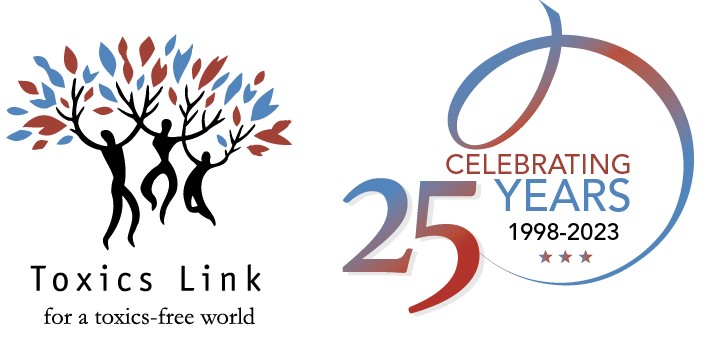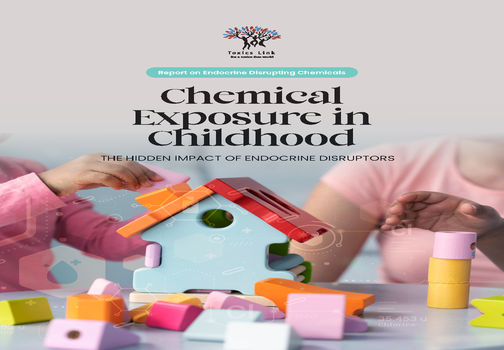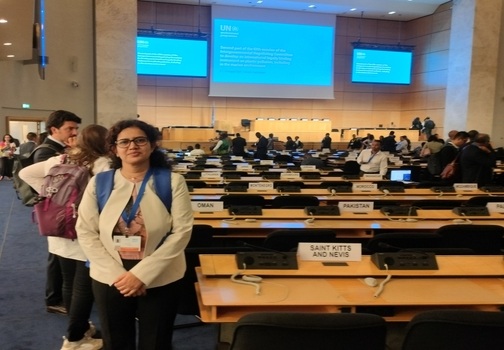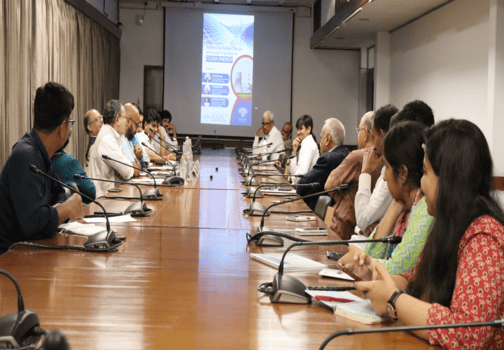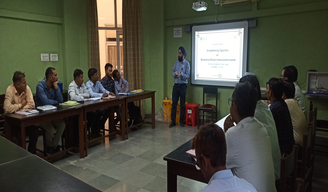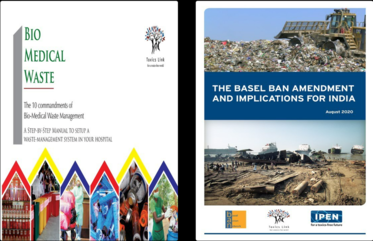Discharge of Toxic into Rivers
GOVERNMENT OF INDIA
MINISTRY OF ENVIRONMENT, FOREST AND CLIMATE CHANGE
LOK SABHA
UNSTARRED QUESTION NO. 3585
TO BE ANSWERED ON 20.12.2021
Discharge of Toxic into Rivers
3585. SHRIMATI PRENEET KAUR:
Will the Minister of ENVIRONMENT, FOREST AND CLIMATE CHANGE be pleased to state:
(a) whether the Government is aware of the increase in the chemical and pharmaceutical
pollution of rivers and soil due to irresponsible discharge of chemicals and
pharmaceutical compounds from industries and if so, the details, thereof;
(b) whether there are any regulations that limit the concentration of API residue in the
wastewater released from hospitals, and pharmaceutical manufacturing units and if so,
the details thereof;
(c) if not, whether the Government plans to implement a framework that limits the
concentration of API residue in the wastewaters released from hospitals and
pharmaceutical manufacturing units;
(d) whether the common effluent treatment plants are capable of neutralizing API residue
present in the wastewater of hospitals and pharmaceutical manufacturing units; and
(e) if not, whether the Government is exploring any novel technological interventions to
neutralize the API residues present in the wastewaters of hospitals and pharmaceutical manufacturing units?
ANSWER
MINISTER OF STATE IN THE MINISTRY OF ENVIRONMENT, FOREST AND CLIMATE CHANGE
(SHRI ASHWINI KUMAR CHOUBEY)
(a) Water quality of aquatic resourcescovering surface and ground water is monitored at
2026 locations on rivers under National Water Quality Monitoring Programme (NWMP). A set
of micro pollutants (metals and pesticides) are monitored. Standards/criteria for pesticides
parameters in rivers and other water bodies are not notified, however, BIS has specified IS
10500: 2012 which include pesticides parameters. Findings of pesticides parameters monitored
under NWMP for major rivers viz. Beas, Cauvery, Ganga, Ghaggar, Godavari, Mahanadi,
Narmada, Sabarmati, Satluj, Tapi and Yamuna during 2020 ranges between BDL to 0.06
microgram/L for Alpha –HCH), BDL to 0.37 microgram/L for Beta HCH, BDL for Gama HCH,
o-p DDT, pp DDT, Alpha , Beta Endosulphan, BDL-0.07 microgram/L for Aldrin, BDL for
Dieldrin, Chloropyriphos, Methyl Parathion, Malathion, BDL -0.05 microgram/L for Anilophos.
Detail table for water quality data of pesticides parameters in major rivers is given at Annexure I
The monitoring is conducted and analyzed for various physico-chemical, microbiological and micro-pollutants (metals & pesticides) parameters as per Guidelines for Water
Quality Monitoring, 2017 issued by Ministry of Environment, Forest and Climate Change ,
(Annexure-I) and are available on the
linkhttps://cpcb.nic.in/wqm/Guidelines_Water_Quality_Monitoring_2017.pdf
The Government has prescribed industry specific effluent discharge norms including for
chemical industries, which is revised from time to time. The Environmental standards for
pharmaceutical industries was revised and notified on 06.08.2021. These industries are permitted
to operate only after having adequate Effluent Treatment Plants (ETPs) and Air Pollution control
devices (APCDs). Non-compliance observed to the discharge norms are appropriately dealt by
issuance of show causes notice or closure, within the provision of the Water (Prevention and
Control of Pollution) Act,1974 or the Air (Prevention and Control of Pollution) Act,1981.
Central Pollution Control Board (CPCB) has issued directives for close monitoring of
industrial discharges to control pollution including chemical and pharmaceutical unit.
(b) & (c)Expert committee has consideredAntibiotic residue standard for pharmaceutical sector
and has not accepted for the reasons, including the followings:
- No other country in the world implemented these standards.
- PNEC (Predict No Effect Concentration) values, one of the basis for stand
